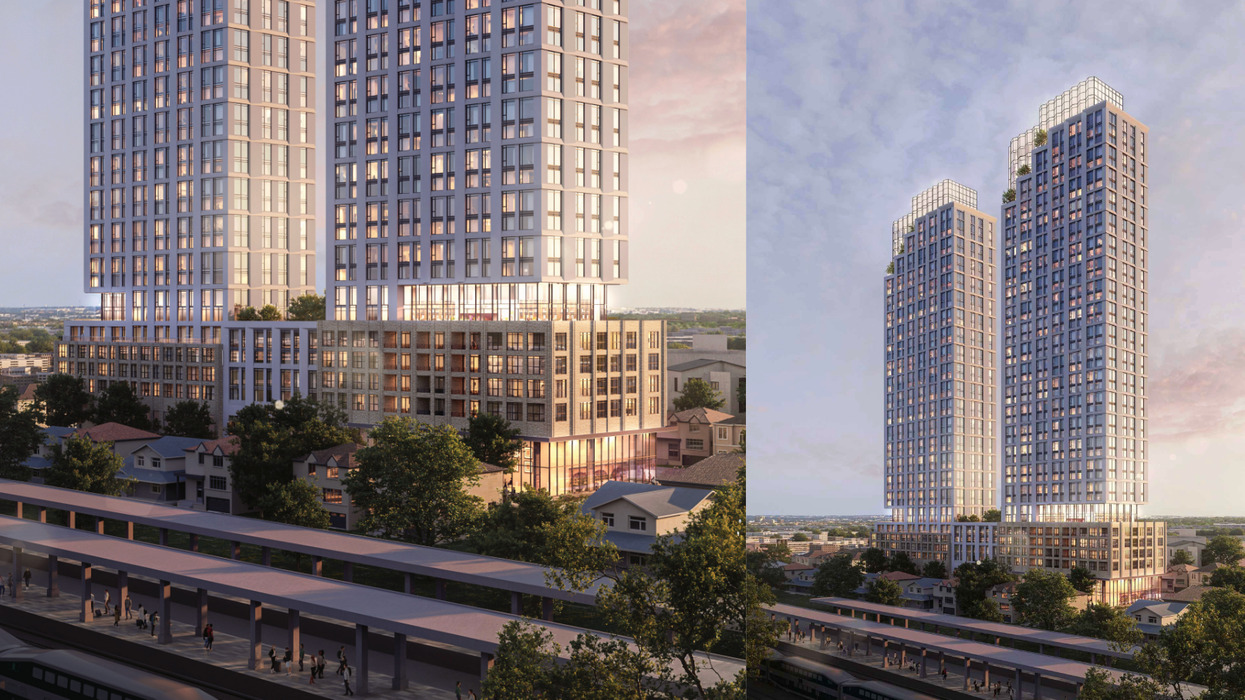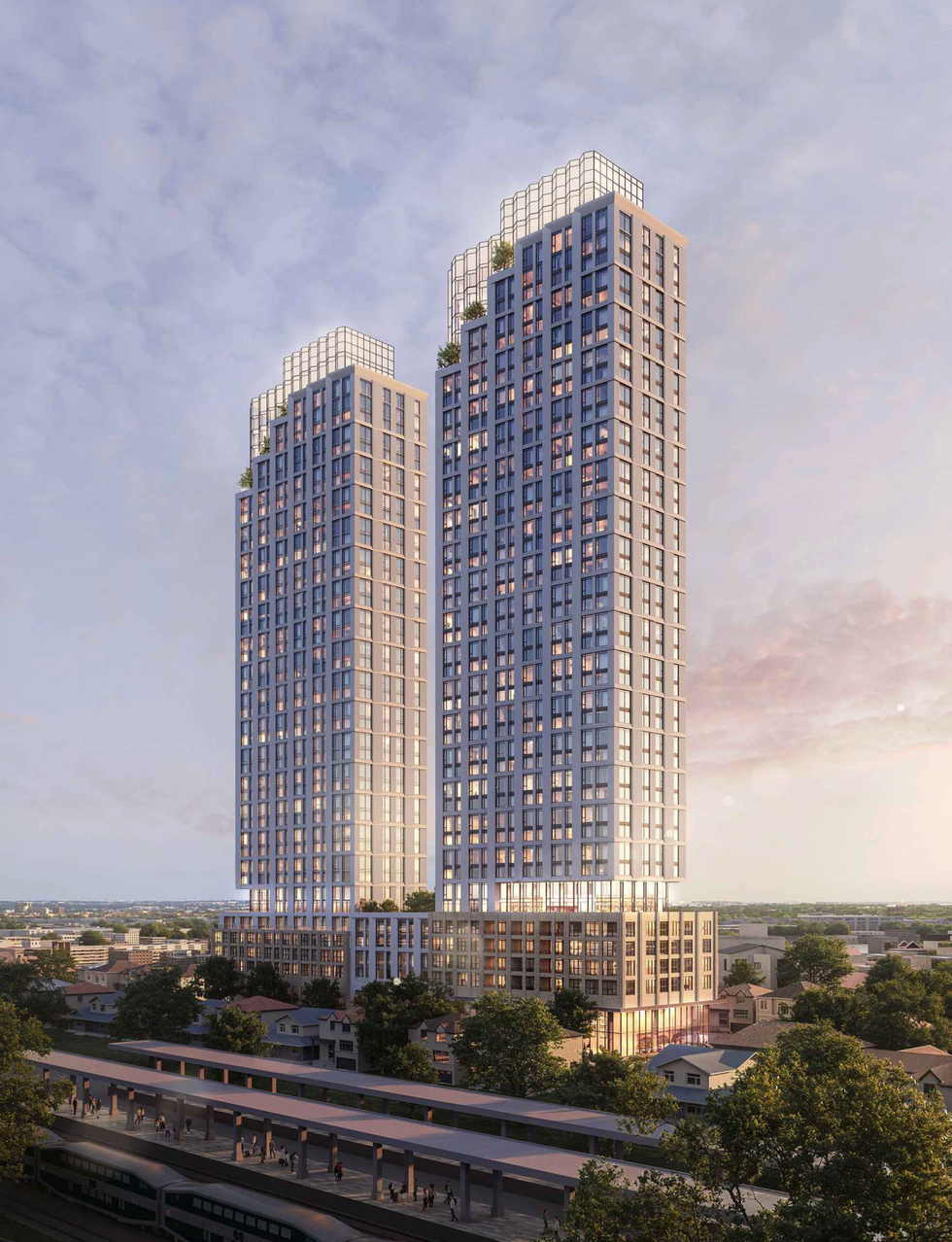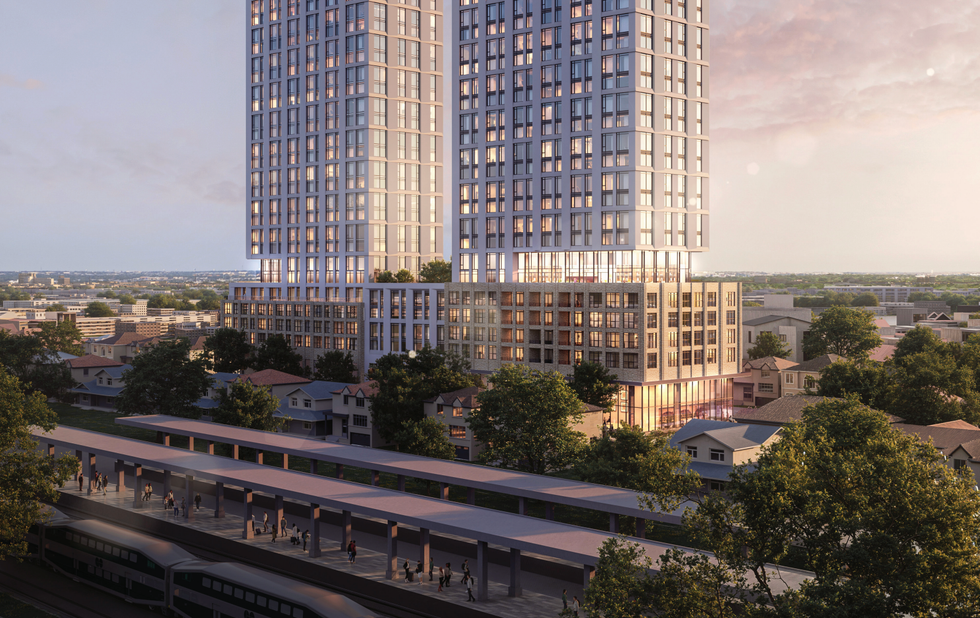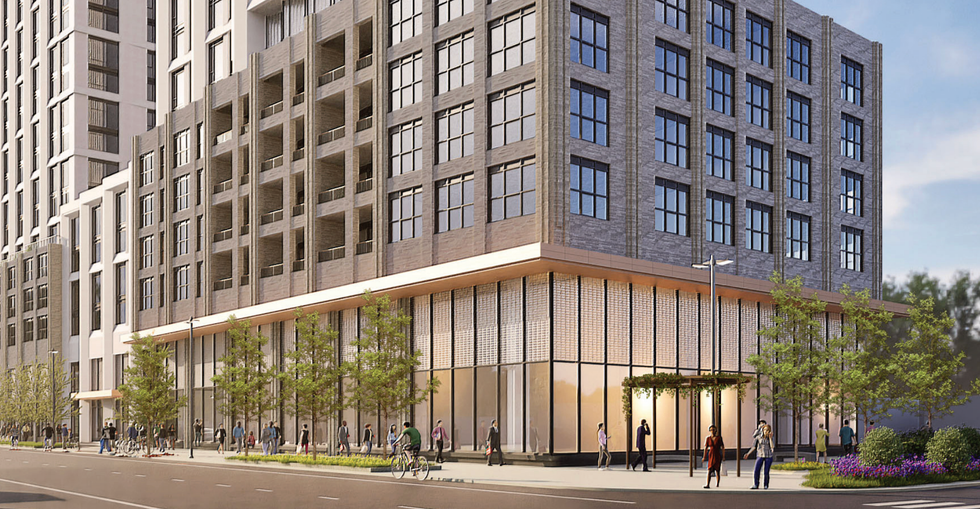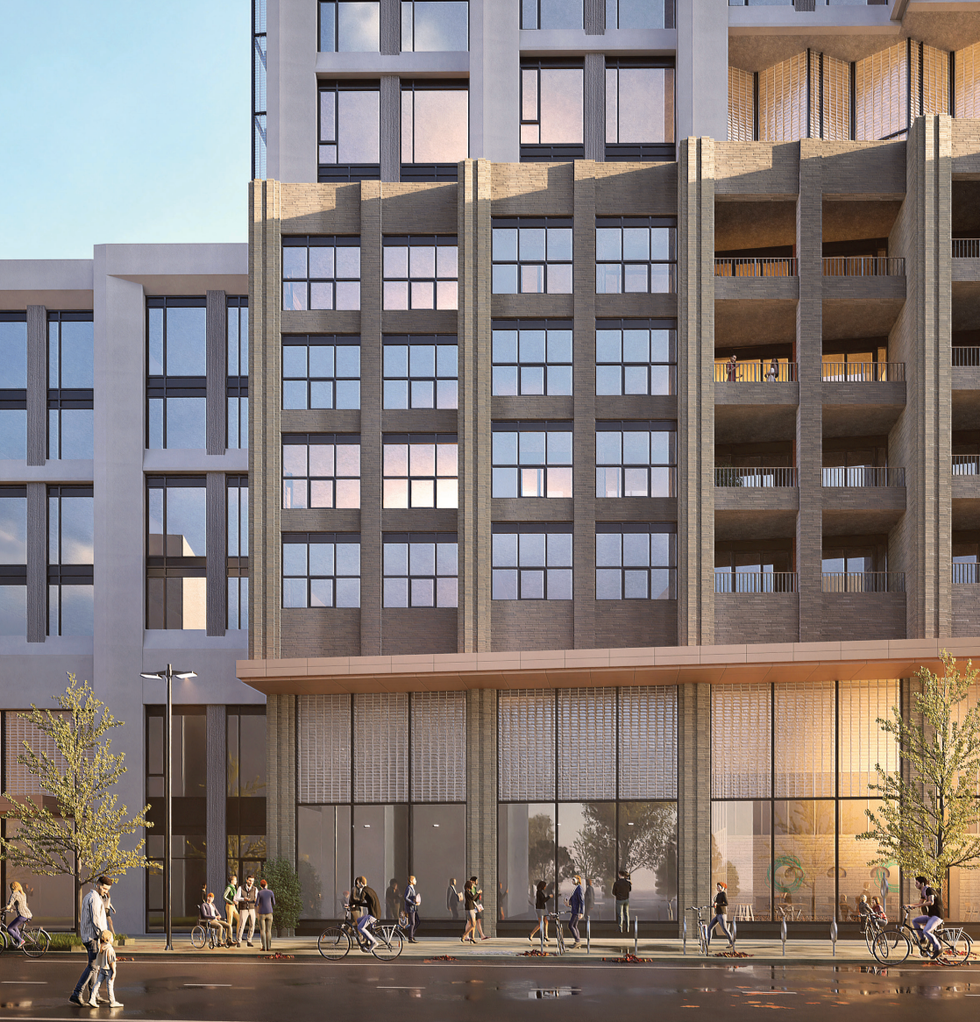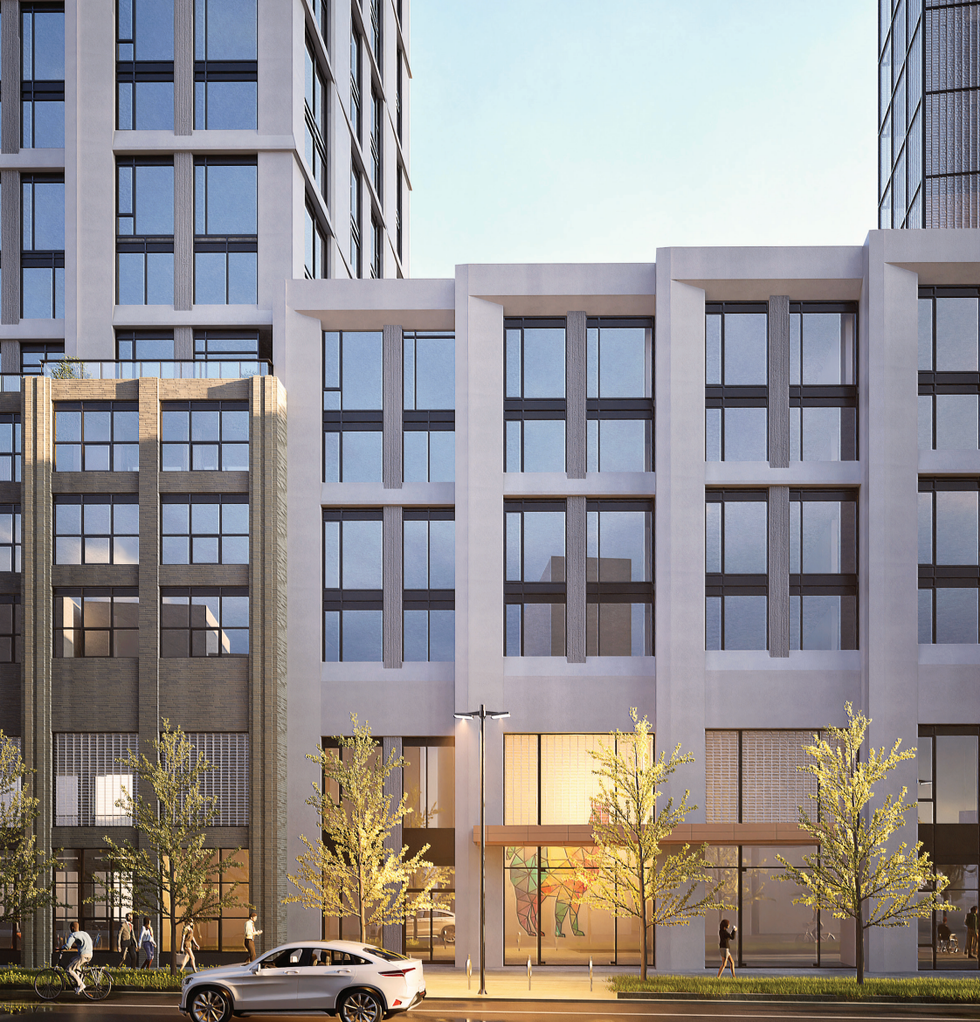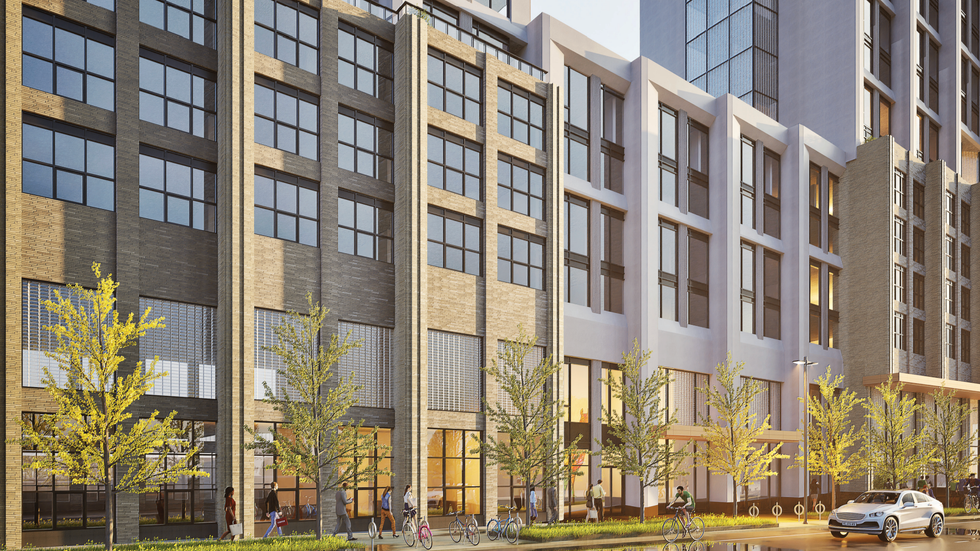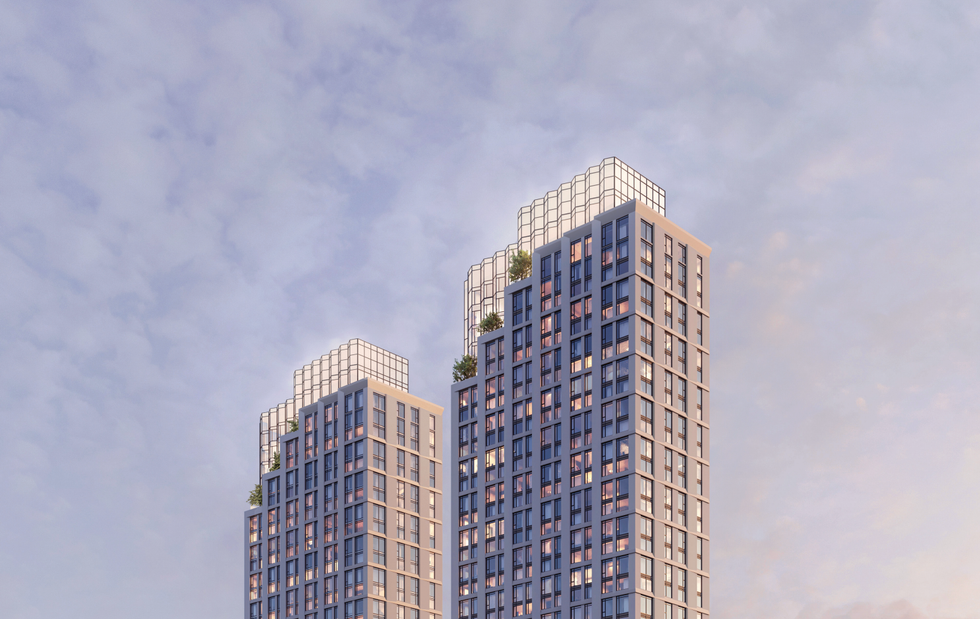Basement
Understand what a basement is in Canadian homes, how it’s used, what types exist, and how it affects property value and legal standards.
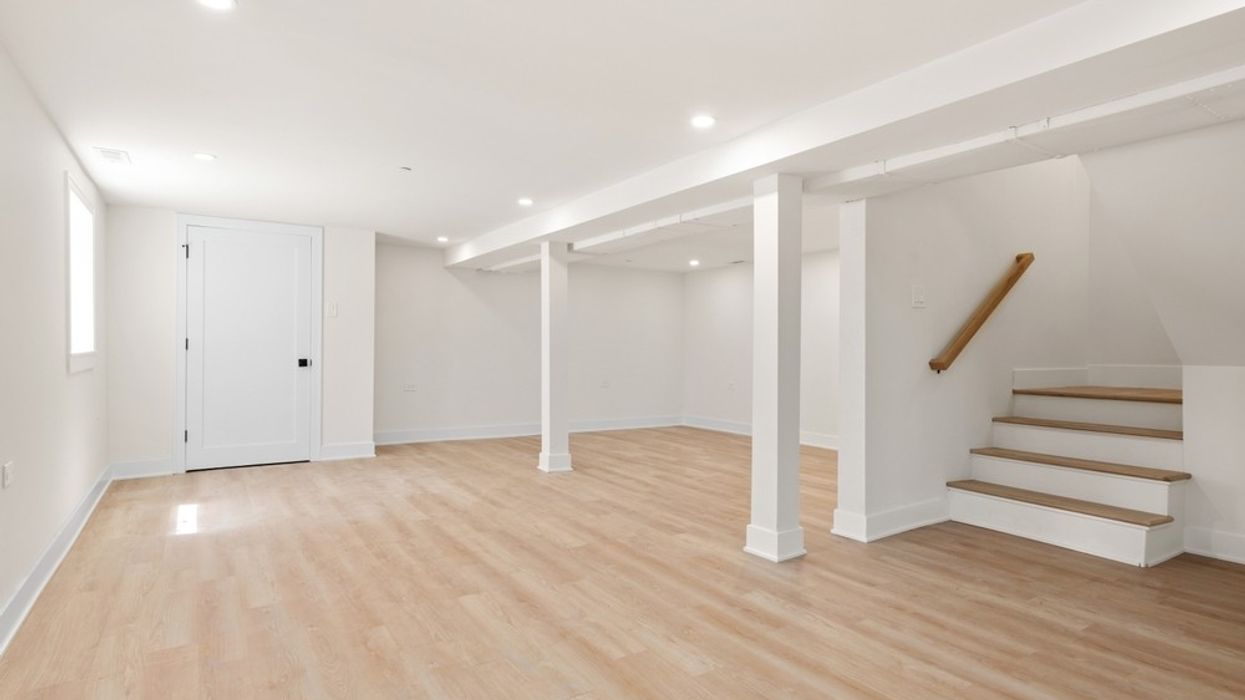
June 06, 2025
What is a Basement?
A basement is the lowest level of a home, located below the main floor, which may be used for storage, utilities, living space, or rental purposes.
Why Basements Matter in Real Estate
In Canadian real estate, basements are valued for their functional space and potential to add income or living area, especially in urban markets.
Types of basements include:
- Full basement (finished or unfinished)
- Partial or crawl space
- Walk-out or garden-level basements
Basement features can affect market value, insurance, and utility costs. Finished basements must comply with egress and electrical code to be considered livable.
Understanding basement types, risks (e.g., flooding or radon), and renovation standards helps buyers and homeowners make informed decisions.
Example of a Basement
The buyer purchases a home with a legal secondary suite in the basement, providing rental income and helping qualify for a larger mortgage.
Key Takeaways
- Located below the ground floor
- Used for storage, living, or income
- Must meet code for legal occupancy
- Affects value, insurance, and utility usage
- Prone to moisture and radon issues
Related Terms
- Sump Pump
- Foundation
- Egress Window
- Finished Basement
- Rental Suite
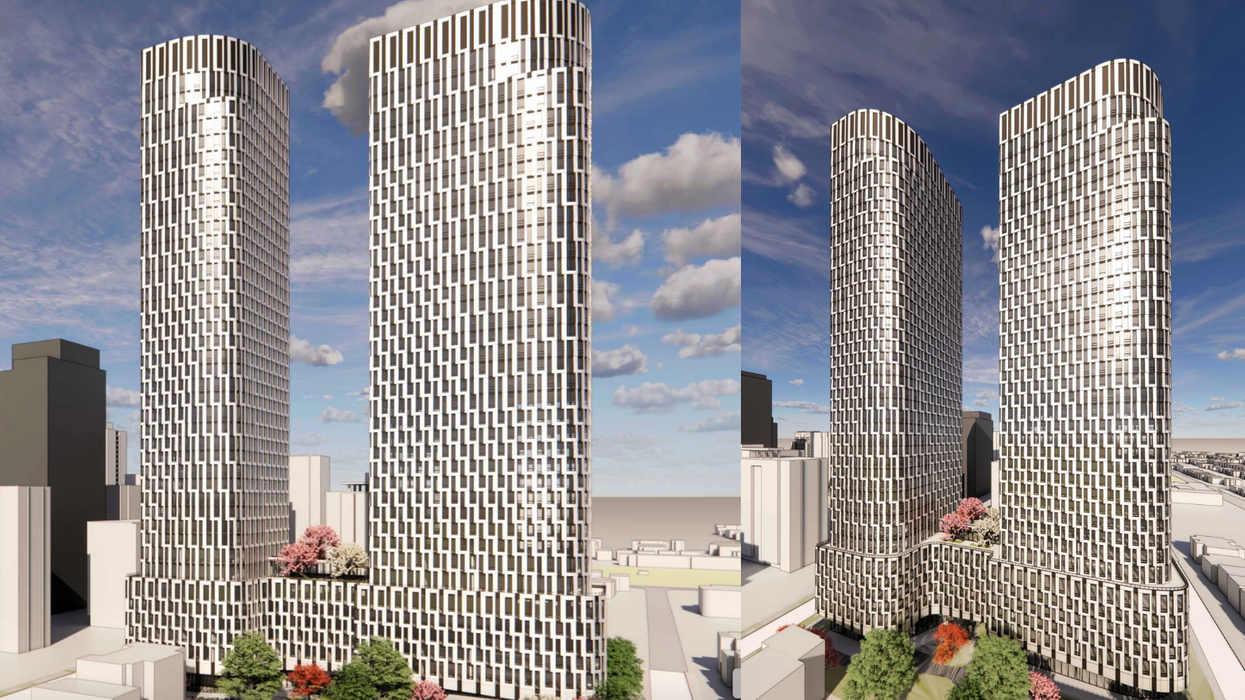
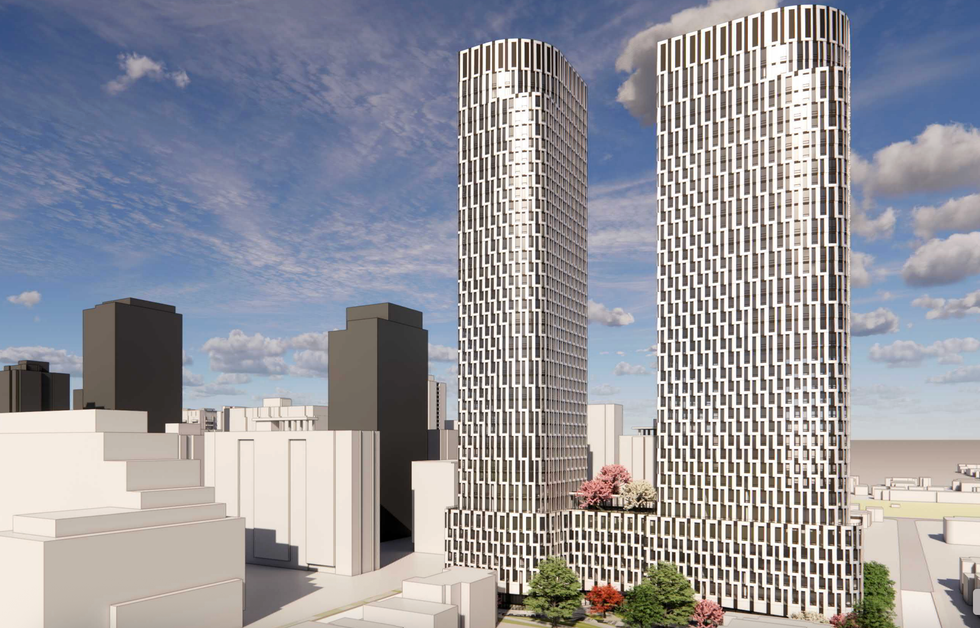

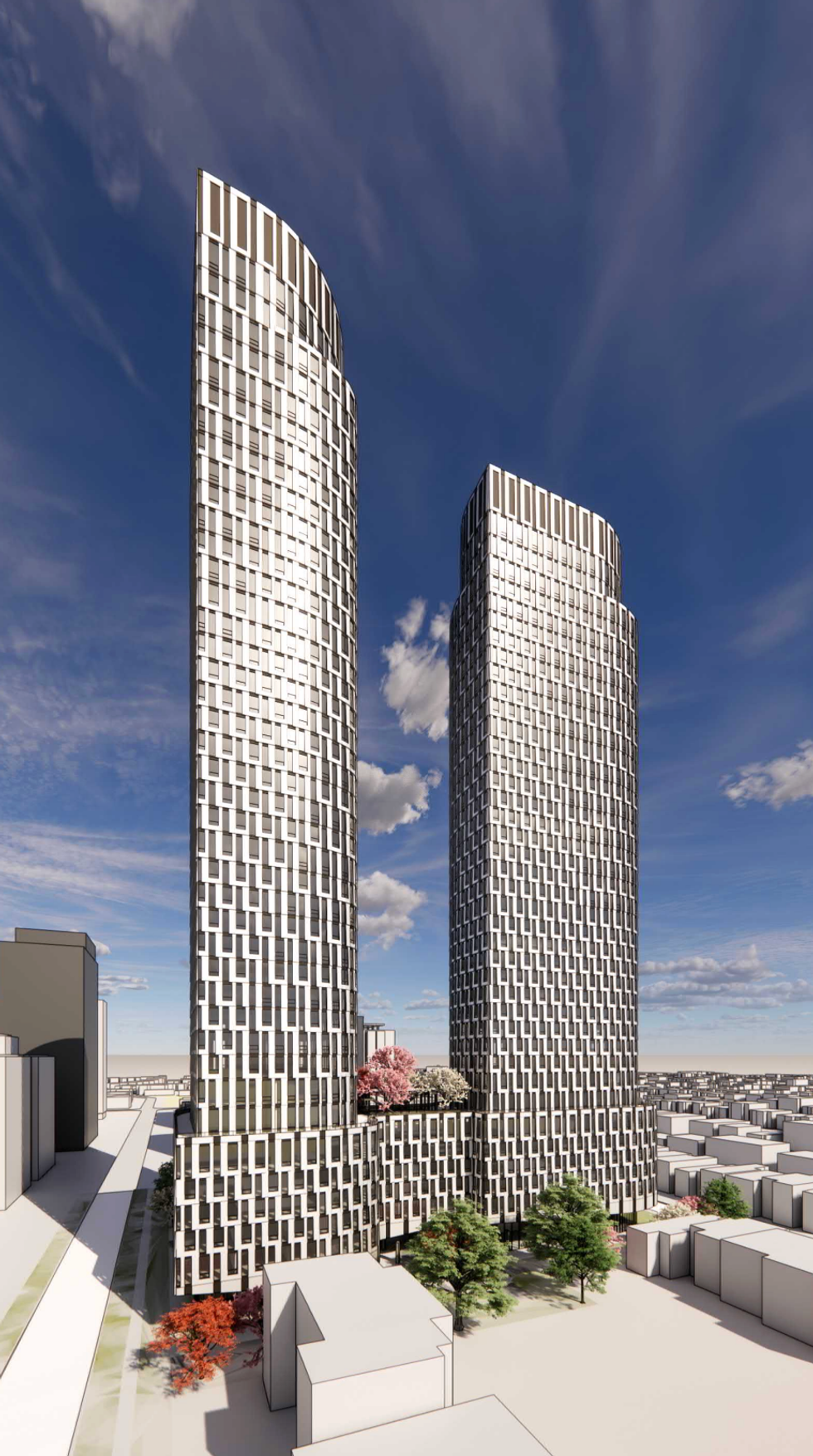
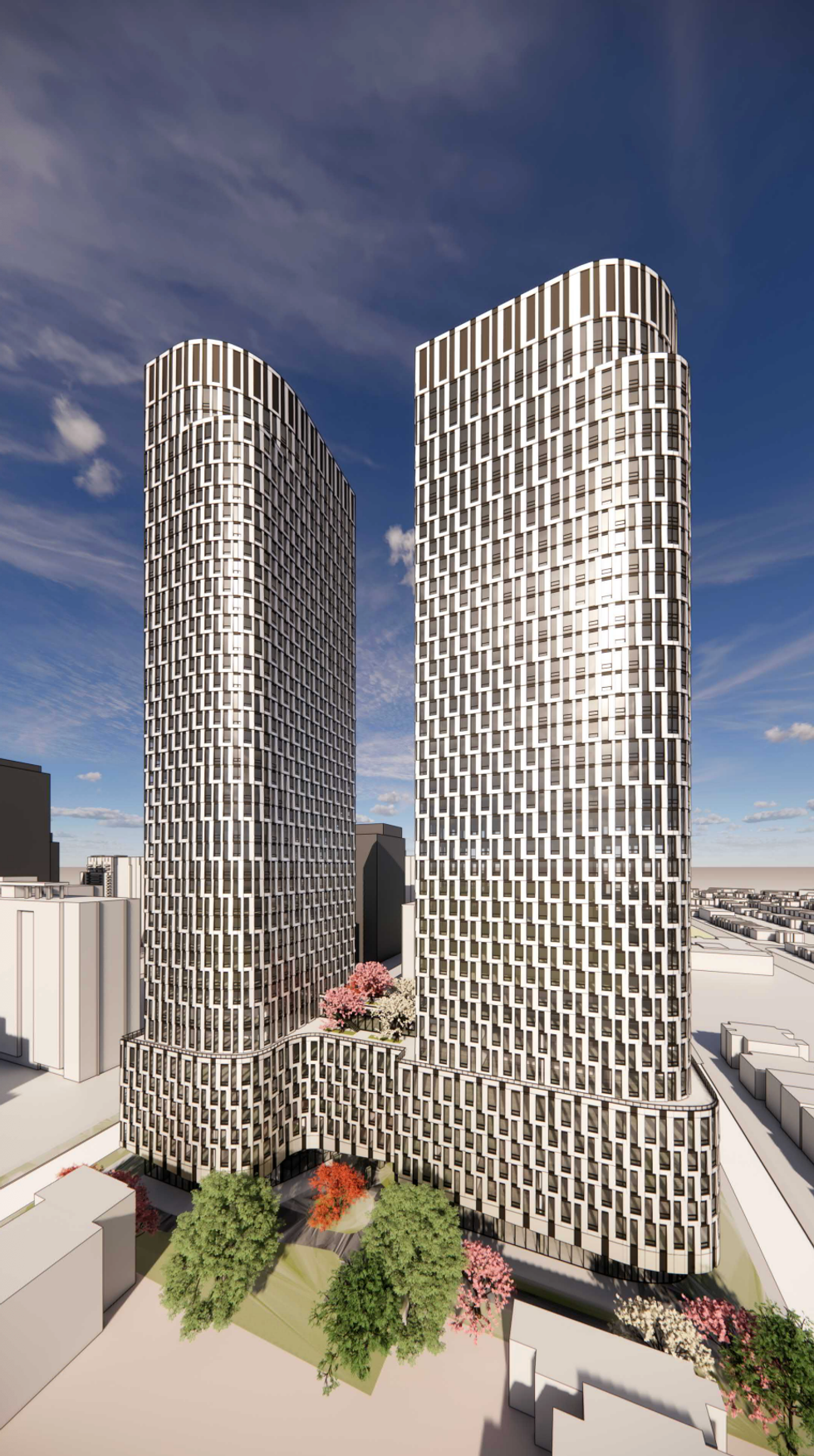
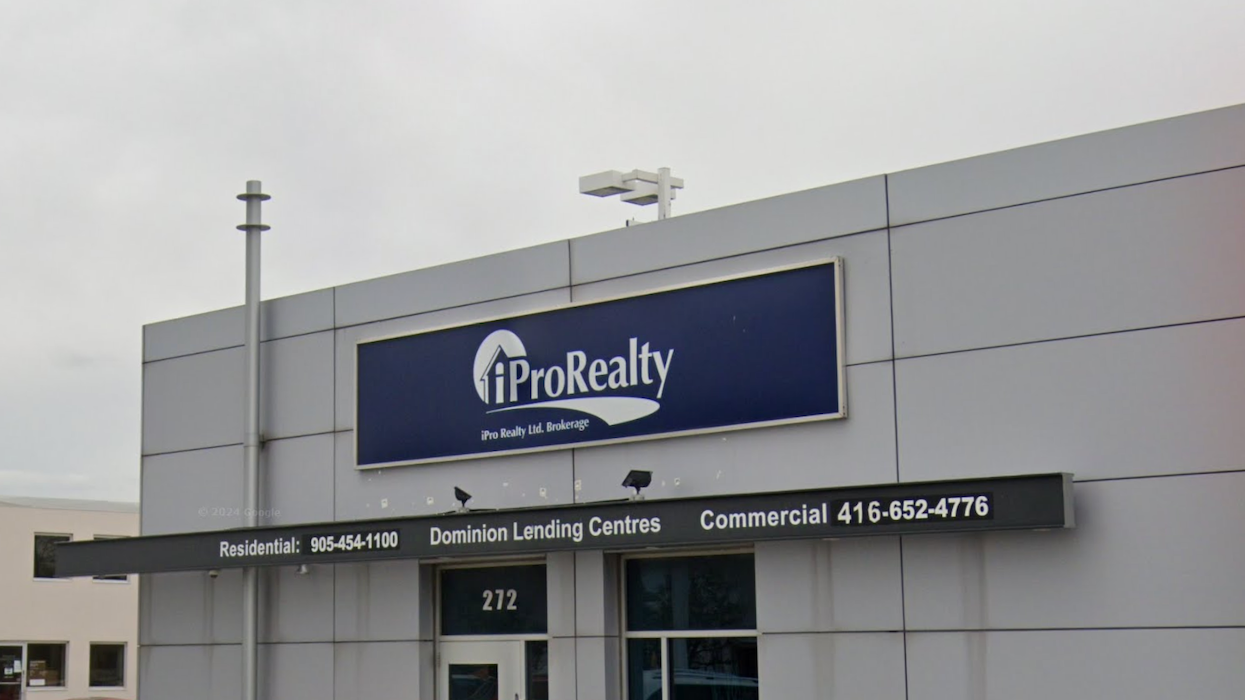
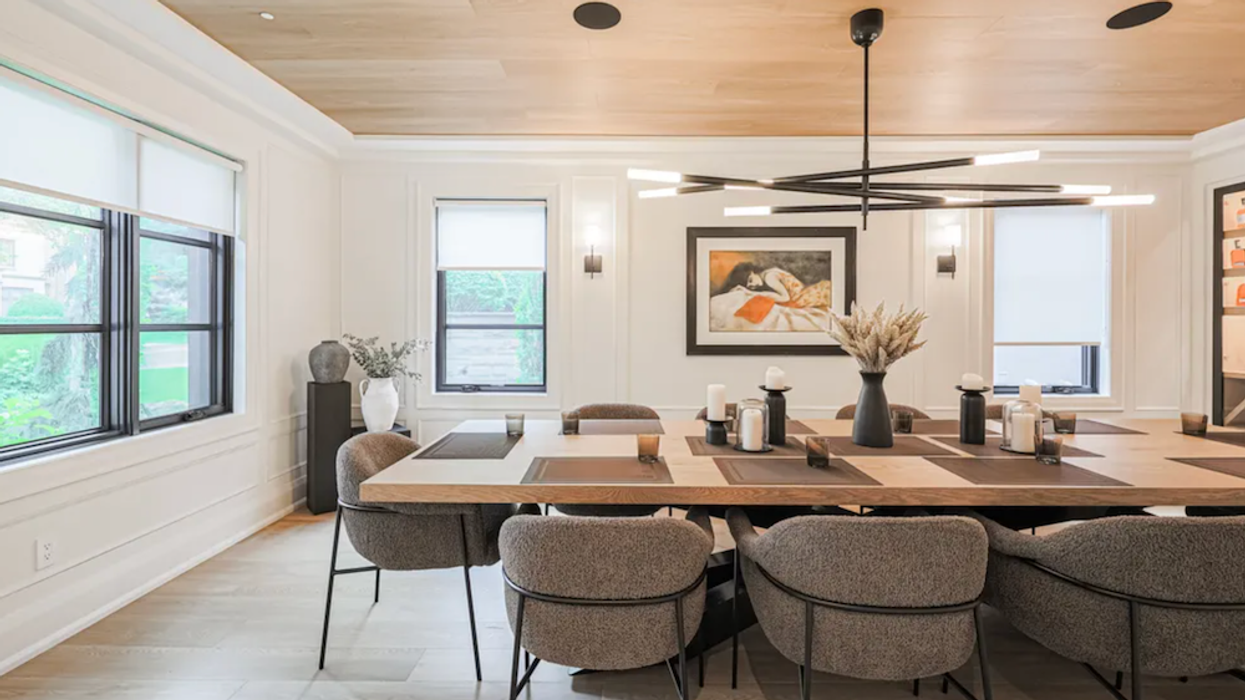
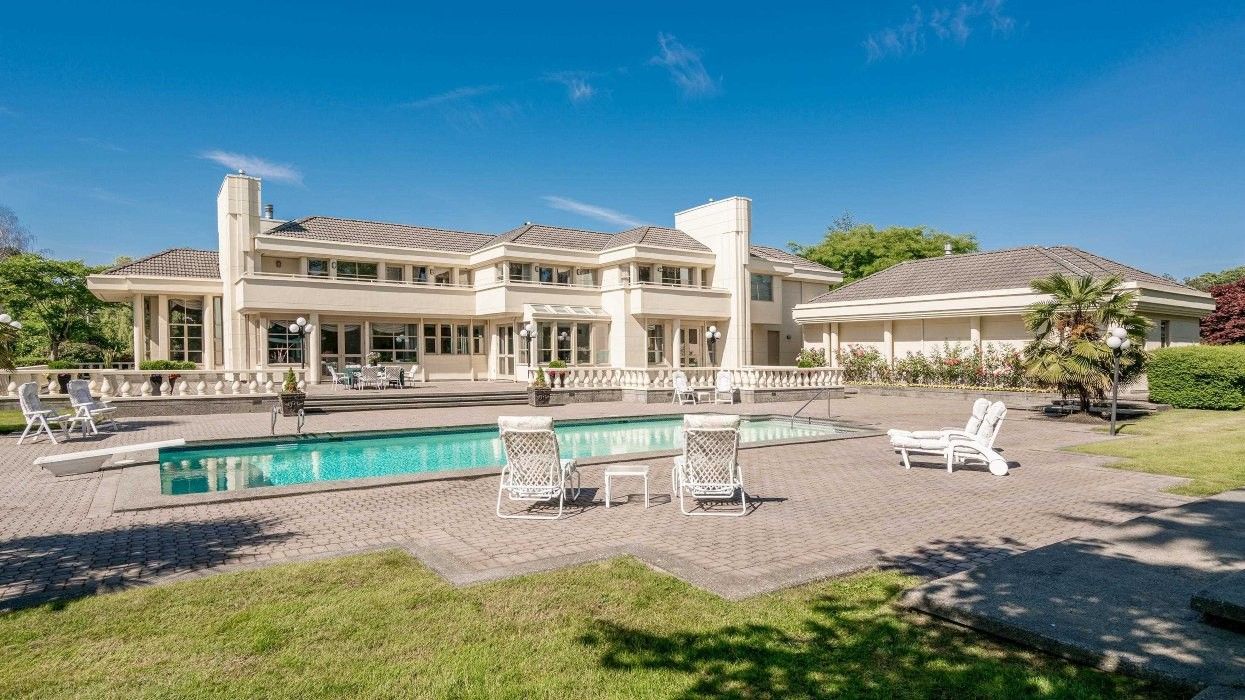


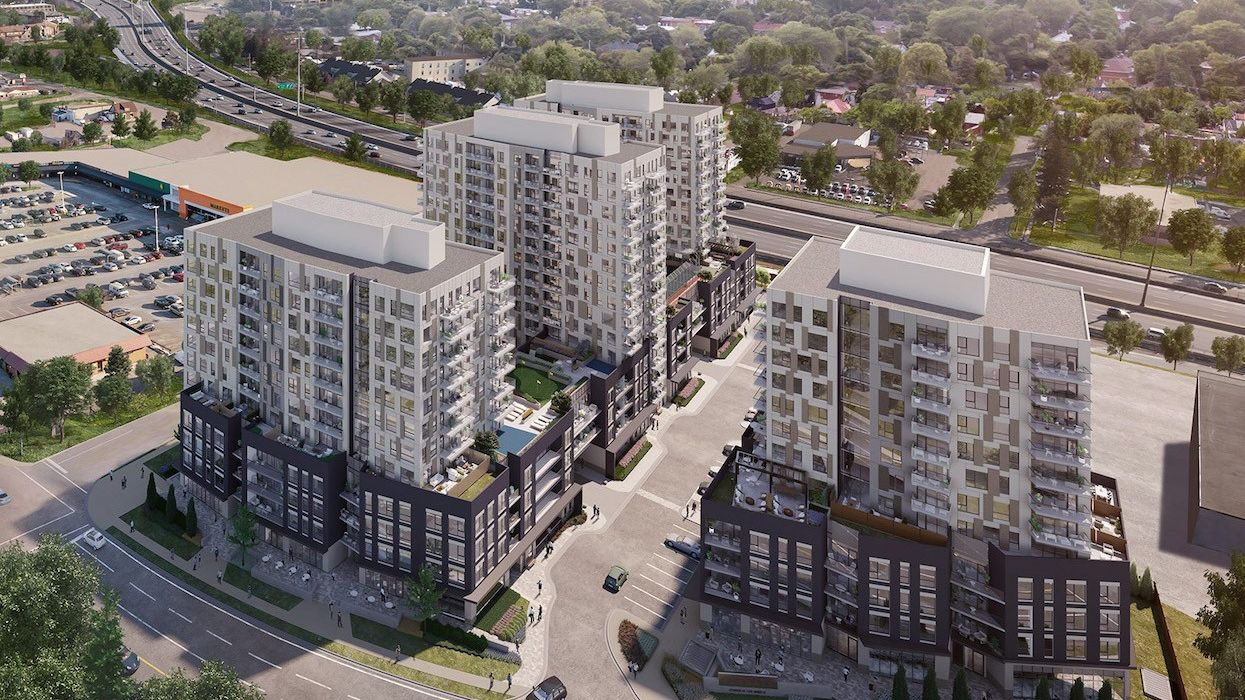


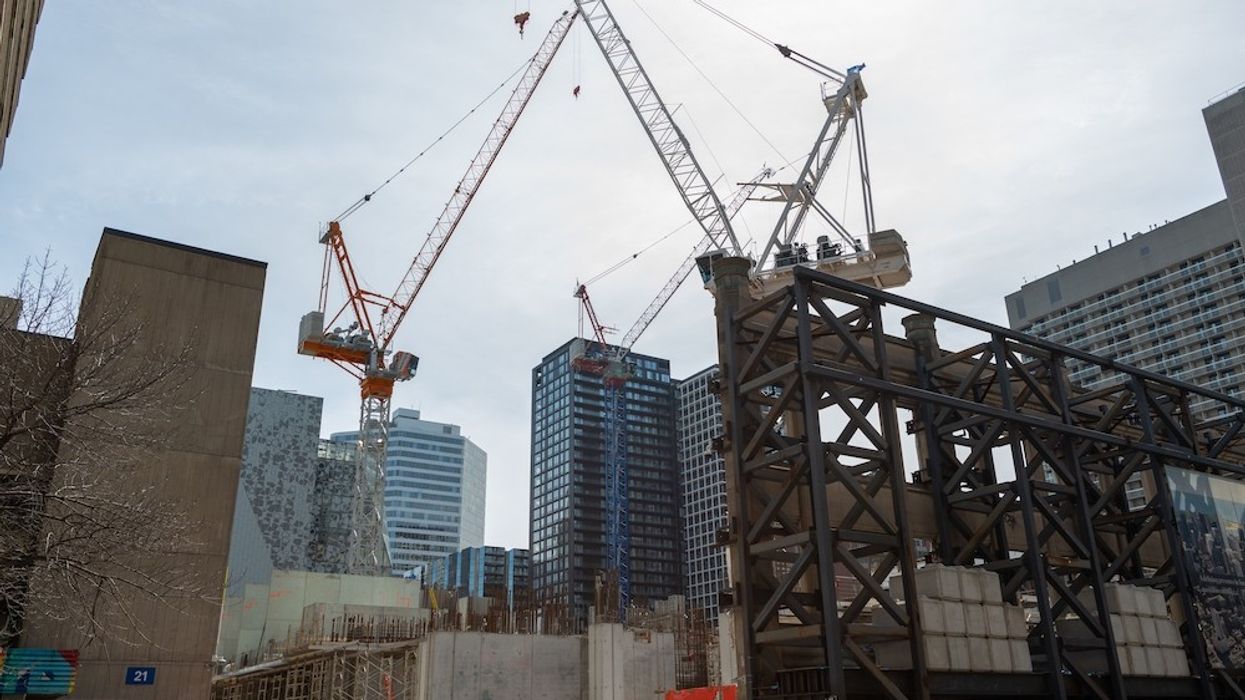
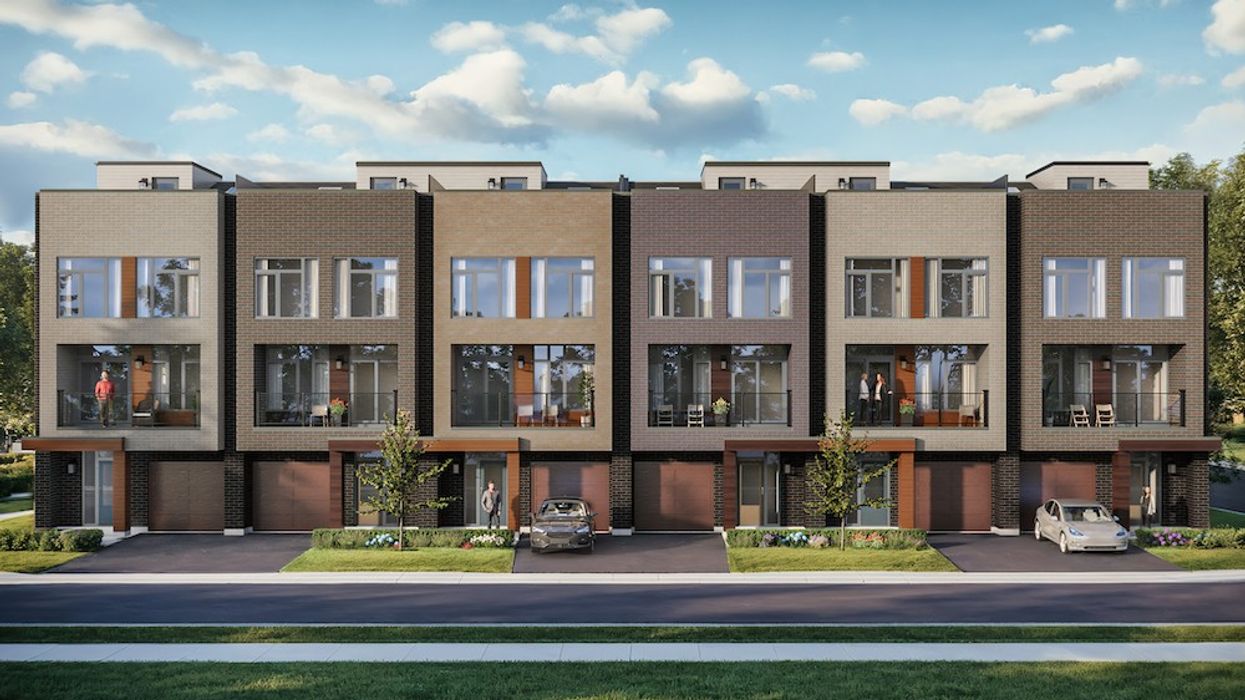
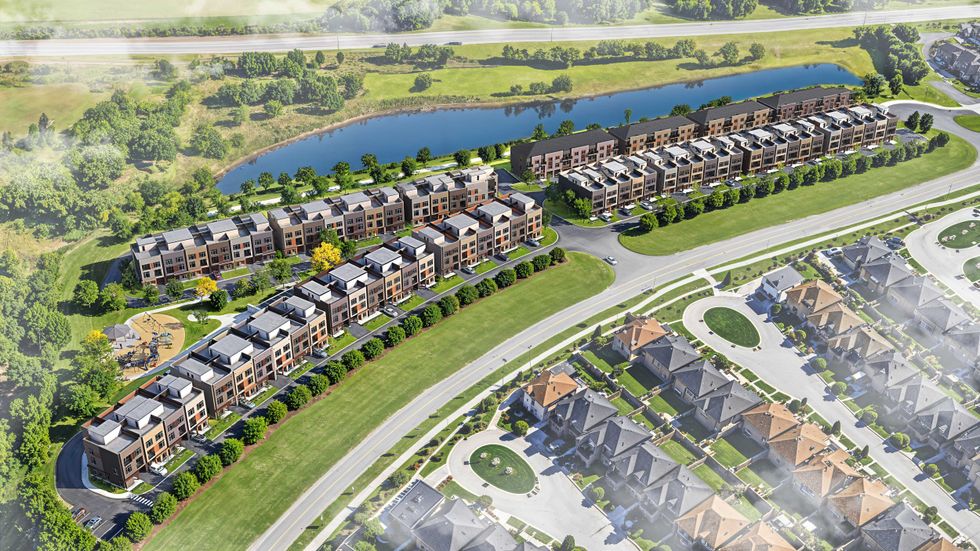 Camcos Living
Camcos Living Shutterstock
Shutterstock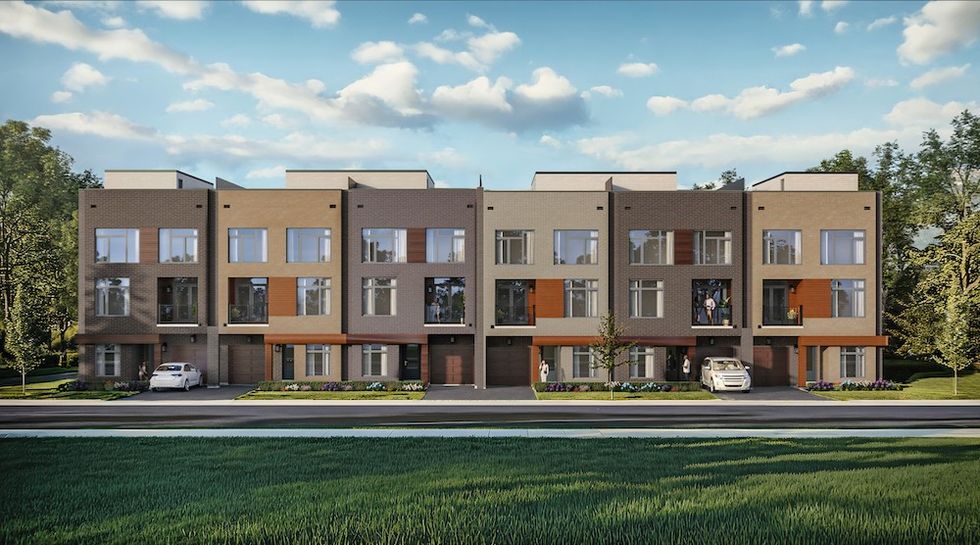 Little Rouge Block G/Camcos
Little Rouge Block G/Camcos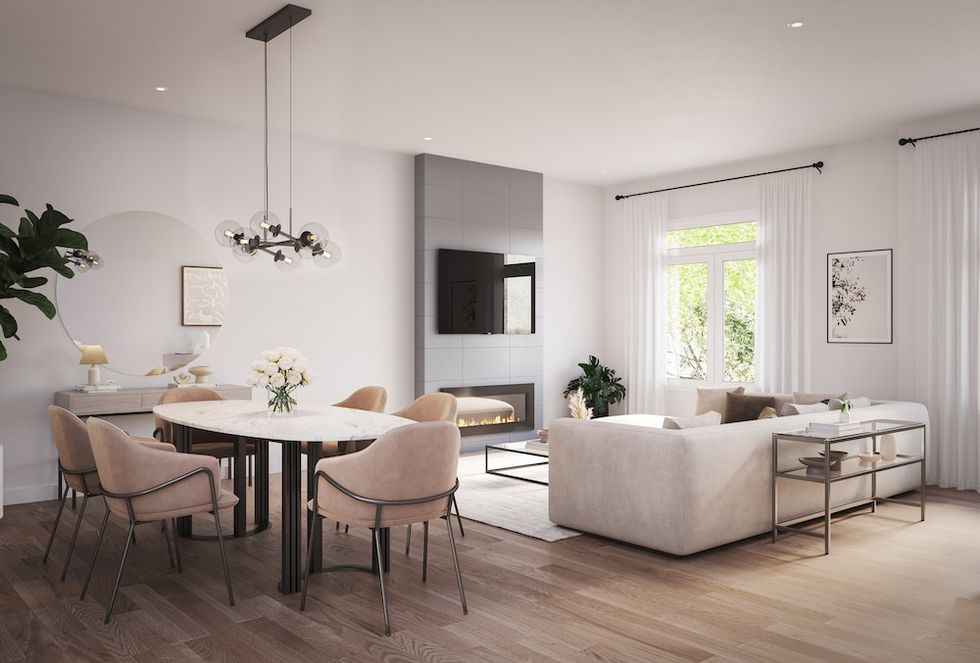 Camcos Living
Camcos Living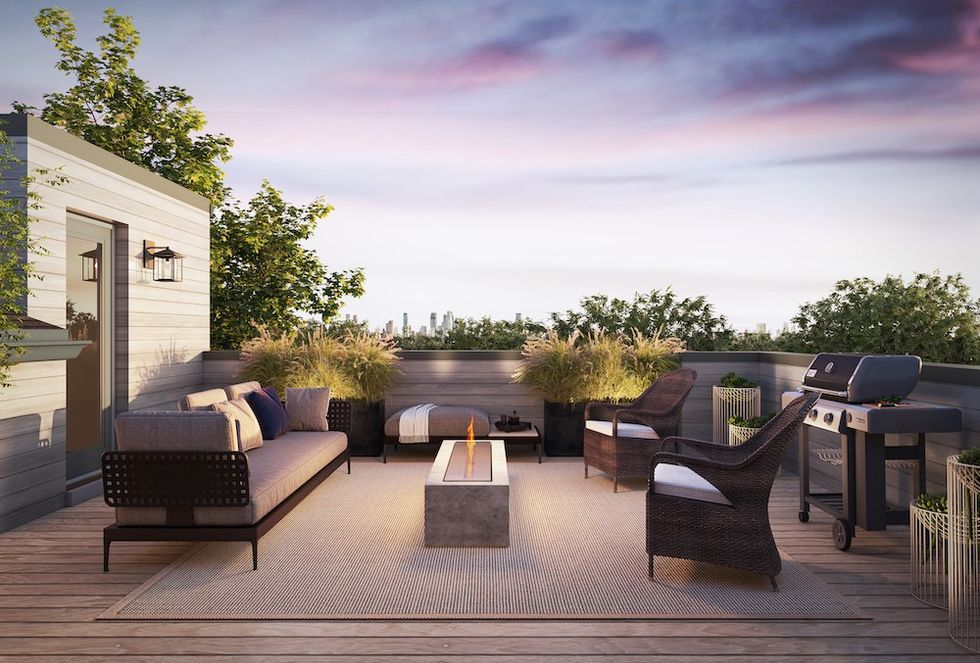 Camcos Living
Camcos Living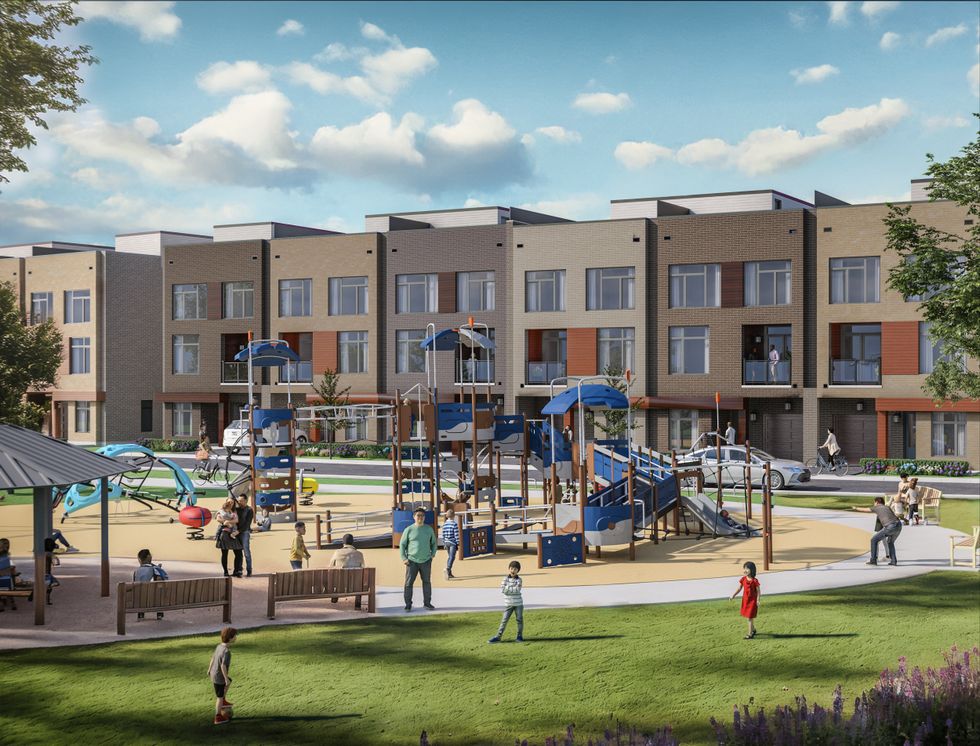 Camcos
Camcos
